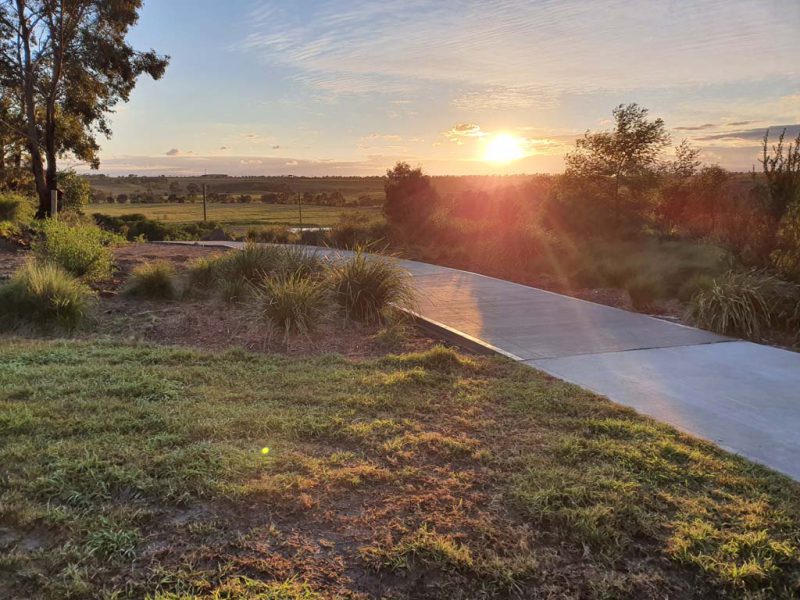Nature Strip Rehabilitation: The Significance for Neighbourhood Enhancement
19 September 2023
Explore how nature strip rehabilitation by Capital Industry Group enhances neighbourhoods. Discover its role in neighbourhood beautification and improvement.
Nature strip rehabilitation is a vital process for neighbourhood enhancement as it restores, enhances, and maintains the grassy areas between the sidewalk and the road. Often carried out in urban or suburban areas, this process helps maintain the overall aesthetic appeal of nature strips. It can also improve the environmental health and functionality of communities.
Nature strips can often be found between the sidewalk and the road. They are typically integrated into communities to provide an opportunity for greenery, biodiversity, and community engagement. By rehabilitating these spaces, they can provide tons of benefits that can improve the quality of life for residents and enhance the appeal of neighbourhoods.
Four Primary Functions of Nature Strips
Nature strips intend to carry out vital functions for communities. These functions as are follows.
1. Introduce green spaces: Nature strips intend to integrate greenery in urban spaces, breaking up the concrete jungle and providing a solid connection to nature. They serve as pockets of green space within neighbourhoods, offering visual respite and contributing to a more pleasant living environment.
2. Add buffer zones: Another function of nature strips is to add buffer zones between the road and private properties. Nature strips create a sense of privacy for residents while also acting as a safety zone between pedestrians on the sidewalk and vehicles on the road.
3. Manage stormwater: Nature strips play a monumental role in stormwater management by absorbing and filtering rainwater runoff. They can significantly reduce the amount of runoff that enters the stormwater drainage system, preventing flooding and minimising the impact on local waterways in communities.
4. Contribute to urban biodiversity: Nature strips can help provide habitat for various plants and animal species in urban areas. When properly landscaped with native plants, they can attract pollinators, birds, and other wildlife to enhance local ecological diversity.
The Need for Nature Strip Rehabilitation
Nature strip rehabilitation is essential to nature strips to ensure they can carry out their intended functions for communities. This process, after all, helps promote environmental sustainability by increasing green spaces in urban areas. Rehabilitated areas can help combat urban heat island effects by providing shade, reducing temperatures, and absorbing carbon dioxide. They can also improve air quality by filtering pollutants and releasing oxygen. Ultimately, they can provide habitat and food sources for pollinators, birds, and other wildlife.
Rehabilitating nature strips can also enhance the visual appeal of a neighbourhood. By introducing trees, shrubs, flowers, and other landscape elements, these areas can become vibrant and attractive. It can also help transform ordinary communities into inviting and picturesque spaces as long as native plants and appropriate landscape designs are picked.
Likewise, a well-maintained nature strip contributes to the safety and accessibility of neighbourhoods. By ensuring clear pathways and removing hazards like overgrown vegetation or uneven surfaces, these areas become more pedestrian-friendly. Adequate lighting, proper signage, and well-defined crossings can also enhance the visibility and safety of residents using the sidewalks or walking along the road. Nature strip rehabilitation likewise allows for the installation of amenities like benches, bike racks, or children’s play areas, which further improves the functionality and accessibility of the space.
Nature strip rehabilitation should be done by professionals as it can enhance neighbourhoods and improve the quality of life for residents. Additionally, its significance must be recognised by local authorities, residents, and community organisations. Therefore, they must work together to create vibrant, sustainable, and appealing neighbourhoods.
Optimized by: Netwizard SEO

